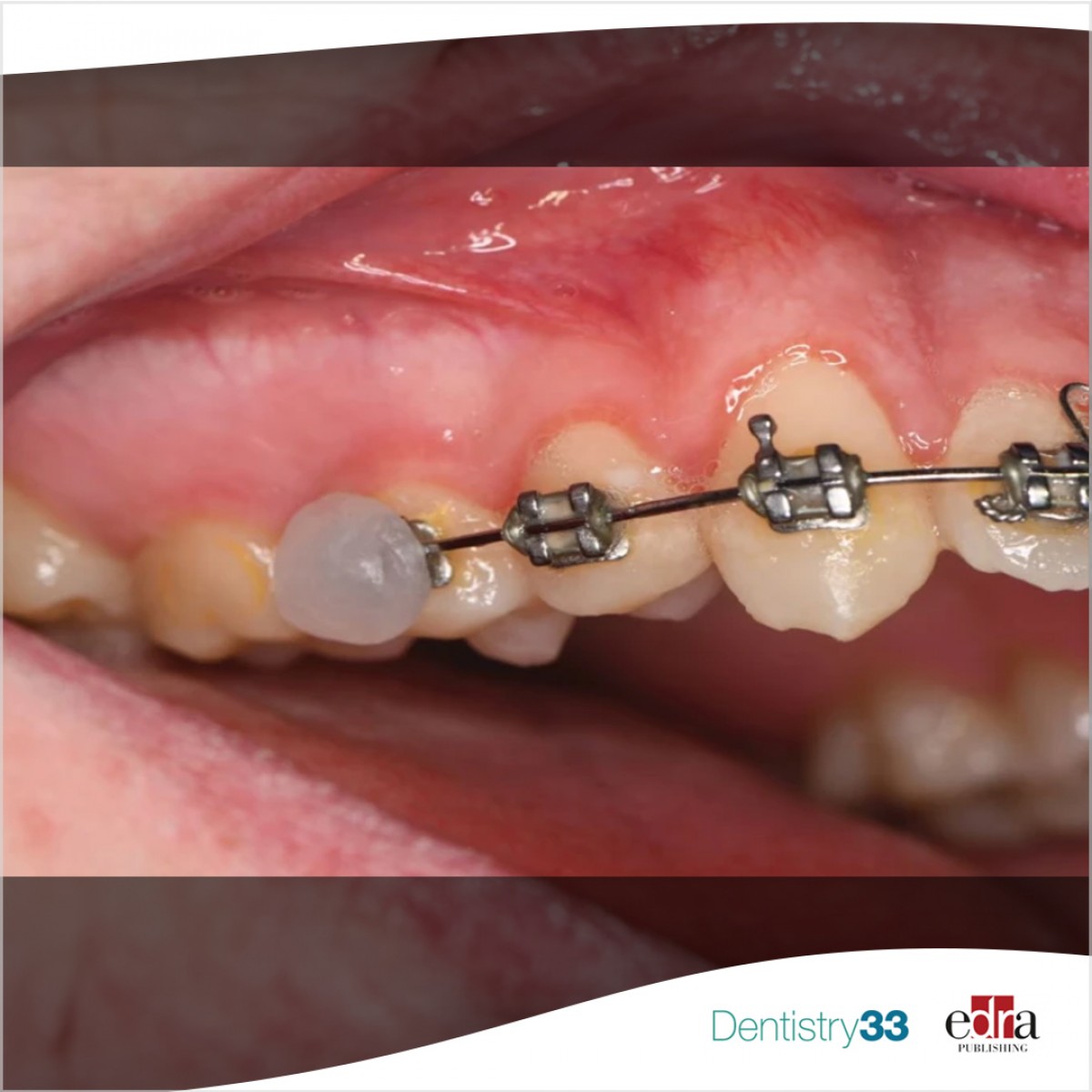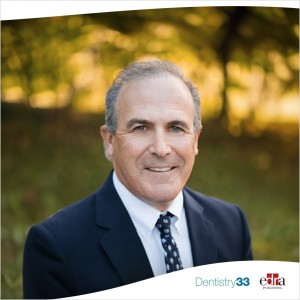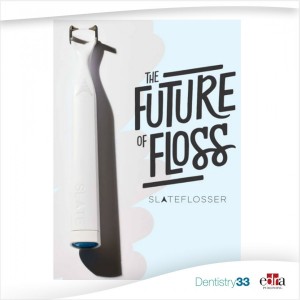
Top tips for managing orthodontic emergencies in primary care
In an article published recently in the British Dental Journal, orthodontist authors provide tips for general dentists when dealing with an orthodontic emergency.
For starters, dentists should explain to patients the risks of orthodontic treatment and should be able to undertake limited orthodontic appliance emergency procedures.
While most orthodontic appliance emergencies are dealt with by dental specialists, there are occasions where the general dental practitioner (GDP) is faced with an anxious parent or patient with an emergency they may not be so familiar with. Dentists report seeing an average of one orthodontic emergency every six months and, reassuringly, most are confident in how to deal with the majority of common problems.
That said, there are times when patients can't access specialist practice facilities to deal with the problem for geographical or financial reasons, and problems relating to retention can occur long after discharge from their orthodontic practitioner.
Detailed guidance has previously been published on the management of orthodontic emergencies in a general practice, but in this short paper the authors discuss five likely presentations of orthodontic emergencies and share pragmatic tips on how the GDP can manage them.
Among the emergencies they highlight:
- Trauma from a broken fixed appliance. This is the most common cause of an orthodontic emergency and is usually a lost bracket or a protruding arch wire. The authors do not recommend that GDPs replace lost brackets but may be called upon to manage a problematic arch wire. The authors recommend that the practitioner considers why the arch wire has become traumatic.
- Pain from orthodontic tooth movement. Orofacial pain is a common side effect of orthodontic treatment, occurring in nearly all patients. The pain usually starts 12 hours after orthodontic force application, peaks after 24 hours and lasts for three to seven days. In a minority of cases, it can take up to one month to return to pre-treatment levels.
- Lost or broken retainers. Most orthodontic patients require indefinite retention to prevent long-term post-treatment changes to their occlusions. The breakage or loss of a retainer must be addressed with urgency. The authors identify retainer emergencies and recommend some basic interventions to those practitioners with limited orthodontic experience, equipment and materials.
- Demineralization. These lesions are caused by poor appliance cleaning and a cariogenic diet. They can take only four weeks to occur during orthodontic treatment and are prevalent in a significant percentage of orthodontic patients. The reinforcement of oral hygiene instructions to clean an orthodontic appliance and diet advice to reduce the frequency of sugars are paramount. The professional application of fluoride every six to eight weeks during appliance therapy is associated with a reduction in the development of demineralized lesions.
- Acute gingival conditions. Plaque-related gingivitis is common in orthodontic patients and although important to diagnose, inform and manage, in isolation it is not an orthodontic emergency. However, there are gingival conditions that present during orthodontic treatment that require urgent management. Necrotizing gingivitis or necrotizing periodontitis (NG/NP) can cause great concern to patients due to the appearance, such as severe gingival enlargement.
Deans, J., McColl, E. & Hamilton, S. "Top tips for managing orthodontic emergencies in primary care." Br Dent J 235, 236–239 (2023). https://doi.org/10.1038/s41415-023-6265-z.
 Related articles
Related articles
Products 07 July 2025
The global dental 3D printing market, valued at $3.96 billion in 2025, is expected to surge to $10.06 billion by 2030, growing at a CAGR of 20.5%.
News 27 December 2023
docbraces Launches Programs to Help Make More Smiles in 2024
docbraces has announced the launch of initiatives that will bring more smiles to more Canadians, employees, and young people facing mental health challenges.
Smile Partners will now offer a comprehensive range of orthodontic services, including traditional braces and clear aligners, to meet the diverse needs of patients seeking orthodontic treatment.
News 23 May 2023
Slate electric flosser recognized at American Association of Orthodontists Annual Session
In April, at the American Association of Orthodontists (AAO) 2023 Annual Session in Chicago, a revolutionary flosser received recognition at the New Products Showcase. All attending orthodontists...
 Read more
Read more
Editorials 10 October 2025
With proud smiles and crisp white coats, ninety-three learners from the DDS Class of 2029 and the International Dentist Pathway Class of 2028 marked the start of their dental careers at the UCSF...
Periodontology 10 October 2025
Continuous professional development (CPD) in Periodontology refers to the overall framework of opportunities that facilitate a life-long learning practice, driven by the learner-practitioner and...
TheraBreath, the #1 alcohol-free mouthwash brand in the U.S.*, has introduced a new line of dentist-formulated, clinically tested toothpastes designed to support professional oral care...
News 10 October 2025
New officers and trustees were installed at the Minnesota Dental Association’s Leadership Conference on September 19 in Minneapolis.
News 10 October 2025
Smartee Denti-Technology today announced that Professor Gang Shen, its Chief Scientist and Executive President of TaiKang ByBo Dental, has once again been named to the World’s Top 2% Scientists...















